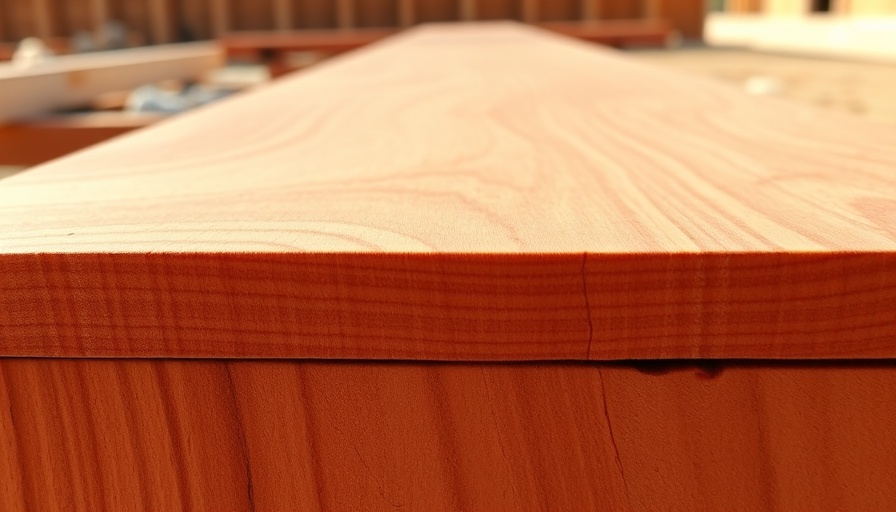
Choosing Authenticity: The Real Value of Western Red Cedar
In the world of home building and outdoor aesthetics, the choice of materials can significantly impact both the beauty and longevity of a structure. As homeowners and builders navigate countless options in decking and siding materials, the differences between genuine Western Red Cedar and misleading imitation products stand out. Simply stated, choosing authentic materials results in better aesthetics, performance, and sustainability.
Understanding the Imitation Products Landscape
The market for building materials has undergone a notable transformation over the past two decades. In 2005, numerous companies began importing wooden products from China, originally marketed as “China Fir.” Subsequently, this material was misleadingly labeled as “Chinese Cedar” to exploit the prestigious reputation of Western Red Cedar. Today, many of these products have dropped their Chinese references altogether and opt for the generic label “Cedar.”
Despite these marketing tactics, it's essential for consumers to understand that these products do not meet the standards or quality that Western Red Cedar offers. If you encounter a product that simply claims to be “Cedar” yet comes with a significantly lower price tag, it is likely to be a fir species, Cunninghamia lanceolata, from China. This not only devalues the hard work of authentic North American lumber mills but also misguides buyers seeking quality materials for their projects.
The Surprising Truth About Western Red Cedar
Renowned for its stunning visuals, Western Red Cedar offers rich, tonal properties that highlight the intricate wood grain and heartwood. Unlike its imitation counterparts, this wood is both pitch- and resin-free, allowing it to seamlessly adapt to various finishing techniques ranging from semi-transparent stains to deep, sophisticated hues. Its natural beauty is only part of its appeal; Western Red Cedar is incredibly durable and promises that your outdoor spaces will remain beautiful for years to come.
The Environmental Edge: Sustainable Choices Matter
In an era where sustainability is a priority, Western Red Cedar stands out. Ethically sourced and recognized for its longevity, this natural material aligns with environmental values, offering a low impact on ecosystems. Its resistance to moisture, insects, and fungi means that structures built from Western Red Cedar require fewer chemicals and treatments, making them a safer choice for the environment.
Moreover, the Pacific Northwest Coast First Nations have honored this wood for centuries, recognizing it as the “Tree of Life.” By choosing this material, you not only invest in the longevity of your project, but also support cultural heritage and acknowledge traditional practices.
Making Informed Choices for Lasting Results
The choice between Western Red Cedar and imitation products goes beyond mere aesthetics; it can affect the overall satisfaction and functionality of your outdoor living spaces. Understanding the differences empowers homeowners and builders to make informed decisions. Recognizing the real value of Western Red Cedar means investing not only in superior beauty but also sustainability and community.
In essence, when planning your next outdoor project, ask yourself: Are you truly getting quality, or are you falling for deceptive marketing tactics? For a long-lasting, stunning finish that respects the environment, opt for authentic Western Red Cedar from certified suppliers. Explore the widen range of options available through reputable local distributors and elevate the quality of your next project.
 Add Row
Add Row  Add
Add 


 Add Row
Add Row  Add
Add 

Write A Comment